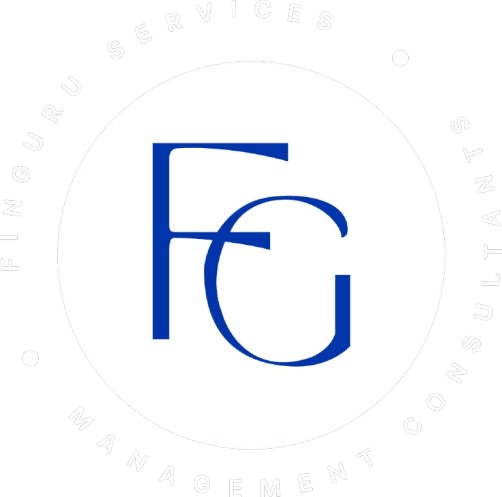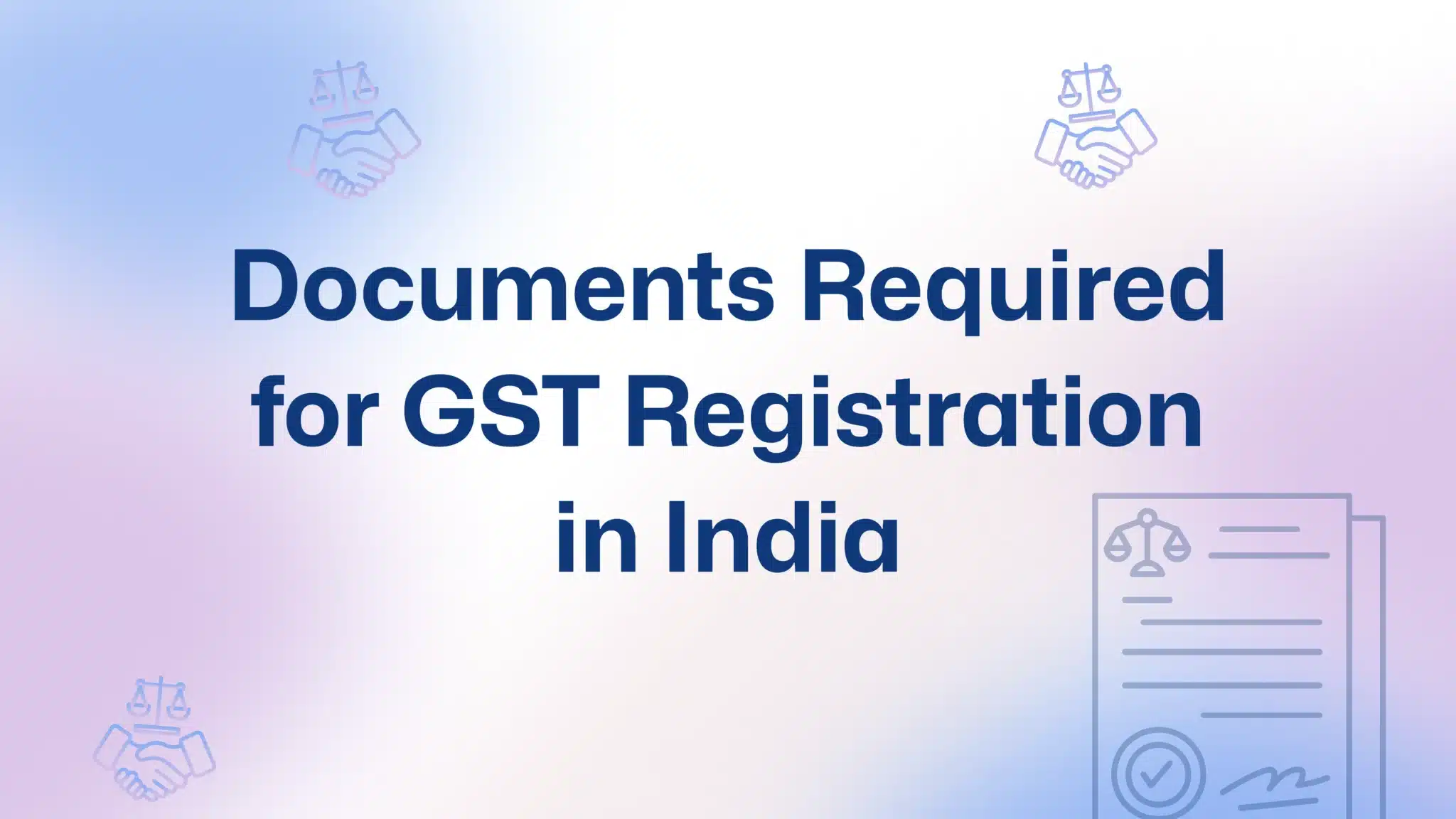Importance of Financial Forecasting
Financial forecasting involves predicting future financial outcomes based on historical data and market trends. It provides businesses with valuable insights into potential risks, opportunities, and the overall financial health of the organization. By forecasting revenues, expenses, and cash flows, businesses can make informed decisions and set realistic goals for growth and profitability.
Key Benefits of Financial Analysis
Financial analysis involves the examination of financial statements, ratios, and trends to assess the performance and stability of a business. It helps identify areas of strength and weakness, uncover potential inefficiencies, and evaluate the effectiveness of financial strategies. Key benefits of financial analysis include improved decision-making, risk management, and enhanced investor confidence.
Private limited company registration Made Simple
Register your Private Limited Company quickly and hassle-free with expert guidance and complete compliance support.
Private limited company registrationEssential Tools for Financial Forecasting and AnalysisÂ
In this section, we will explore four essential tools that businesses can utilize for effective financial forecasting and analysis.
Budgeting and Variance Analysis
Creating a comprehensive budget allows businesses to estimate future expenses and allocate resources effectively. Variance analysis compares actual financial results against the budget to identify discrepancies and take corrective actions promptly.
Cash Flow ProjectionsÂ
Cash flow projections forecast the inflows and outflows of cash over a specific period. By analyzing cash flow patterns, businesses can ensure sufficient liquidity, manage working capital, and plan for investments or financing needs.
Ratio AnalysisÂ
Ratio analysis involves examining financial ratios such as liquidity ratios, profitability ratios, and leverage ratios to assess the financial health and performance of a business. It helps identify trends, benchmark against industry standards, and make informed decisions based on financial insights.
Break-Even AnalysisÂ
Break-even analysis determines the point at which revenue equals expenses, resulting in neither profit nor loss. It helps businesses understand the minimum level of sales needed to cover costs and make informed pricing decisions.
Tips for Effective Financial Forecasting and AnalysisÂ
In this section, we will provide practical tips to optimize your financial forecasting and analysis process.
Gather Accurate Historical Data
Ensure you have reliable and up-to-date historical financial data to form the basis of your forecasts and analysis. Inaccurate or incomplete data can lead to misleading insights and flawed decision-making.
Utilize Scenario AnalysisÂ
Consider different scenarios and their potential impact on your financial forecasts. By analyzing best-case, worst-case, and moderate scenarios, you can develop contingency plans and make more robust strategic decisions.
Leverage Technology and Automation
Implement financial planning and analysis software to streamline the forecasting process, improve accuracy, and save valuable time. Automation can help generate real-time reports, perform complex calculations, and provide data visualization for better decision-making.
Regularly Review and Update Forecasting Models
Business environments are constantly evolving, so it’s crucial to review and update your forecasting models regularly. Assess the accuracy of your forecasts,adjust assumptions, and incorporate new market trends to ensure your plans remain relevant and effective.
ConclusionÂ
Financial forecasting and analysis are indispensable tools for business planning, enabling organizations to make informed decisions, mitigate risks, and optimize financial performance. By embracing these tools and implementing best practices, businesses can enhance their strategic planning process, drive growth, and achieve long-term success in today’s competitive landscape.
Remember, accurate financial forecasting and analysis require a combination of relevant data, reliable tools, and insightful interpretation. By adopting a proactive approach and leveraging technology, businesses can unlock their full potential and thrive in an ever-changing market.















